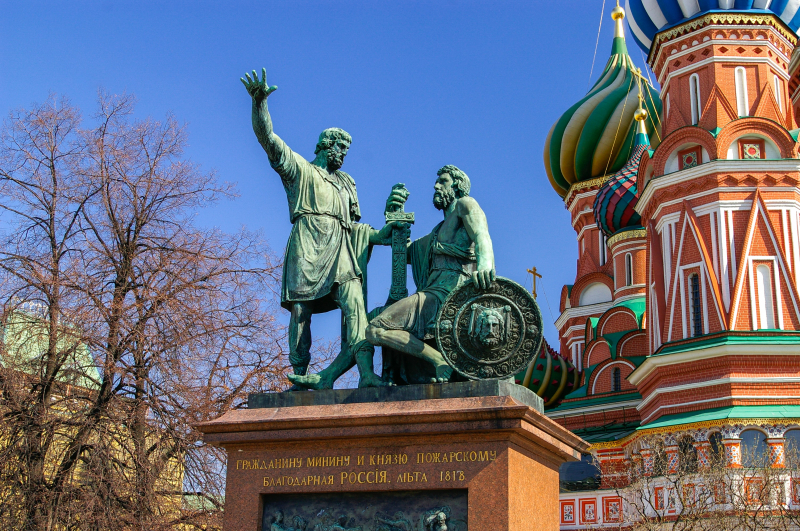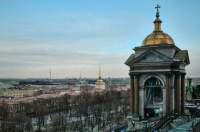For nearly a century since 1918, the anniversary of the Red October - or the October Uprising or Bolshevik Сoup, depending on one’s political outlook - was considered the main holiday in the Soviet world. For comparison, the New Year was officially introduced as a holiday only in 1935. In a sense, it could be called the Soviet Christmas, as people commemorated the event they believed to be the birth of a new world they aspired to create. Though the modern attitude towards the events that took place is ambiguous at the very least, one should mind the power of Soviet propaganda and the general appeal of the revolutionary ideas in the 20th century. By the way, if you’re interested in the topic but do not feel like reading a bunch of history books, the American writer John Reed gave a spectacular eyewitness account of the events in his “Ten Days That Shook the World”. In any case, in Russia the November 7th (the date changed due to the introduction of the Gregorian calendar) remained as the Day of Accord and Reconciliation even after the dissolution of the Soviet Union, until it was replaced by the current Unity Day of November 4th in 2004.
If you google “Unity Day in Russia”, you’ll most likely get a link to a Wikipedia article that explains that the holiday commemorates “the uprising which expelled Polish occupation forces from Moscow in November of 1612”. Officially, the name refers to how Russian people of different nations, classes and religions united to save their country from an external threat. The adherers of the new holiday (the idea was brought up by the Inter-Religious Council in Russia) stress that a similar one existed in the Russian Empire, as well as the October Revolution being more of a tragedy than a cause for celebration. Yet, many express doubt in whether this exact historic event can truly symbolize what the holiday officially stands for, as the uprising was, beyond doubt, motivated by national and Orthodox sentiments against the Catholic invaders. Unfortunately, this controversy led to November 4th becoming a popular time for the Russian March - a notorious nationalist rally that is held annually in some Russian cities.
So, what’s the real deal with Unity Day? As with any major paradigm shift that has to do with ideology, this is just a regular case of replacing the “outdated” holiday with a new counterpart. This is done so as not to deprive the people of a holiday break they’ve become used to, much like the the story with the All Saints Day in Christianity (formerly pagan Samhain) or the Soviet New Year (introduced as an atheist alternative to Christmas). In theory, the Unity Day on November 4th serves to replace the former October Revolution Day as a less politically charged holiday; what will come of it is still to be seen. As of now, apart from being a point of dispute for incentivized political movements or history lovers and still a novelty to the general public, it remains just what it is - an official holiday, a day off in the beginning of November that everyone is used to. In case you’re wondering whether there are any particular traditions that go with it, it is yet to beget some, so just have a good day’s rest and don’t worry yourself too much with the many twists and turns of Russian history.




